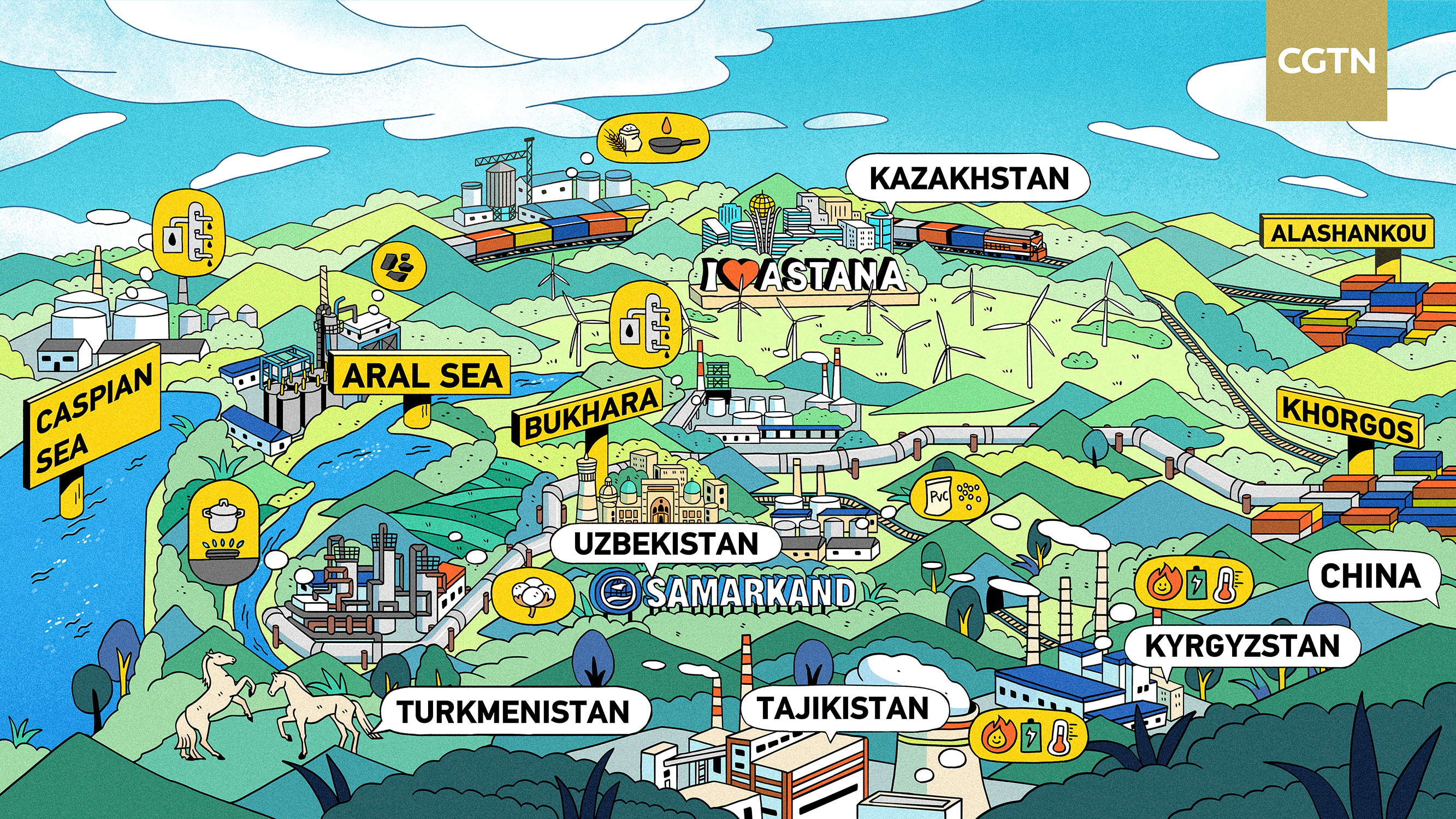 In Central Asia, flourishing BRI projects along the routes of the China-Railway Express have brought benefits to local people and beyond. /Shen Shiwei and Huang Ruiqi
In Central Asia, flourishing BRI projects along the routes of the China-Railway Express have brought benefits to local people and beyond. /Shen Shiwei and Huang RuiqiHave you ever imagined that the pasta you eat in Italy may be made of grain and flour from Central Asia? Kazakhstan, Central Asia's largest grain producer, is capable of exporting approximately half of all the grain it produces each year. Among all its European customers, Italy is a leading buyer of Kazakh wheat.
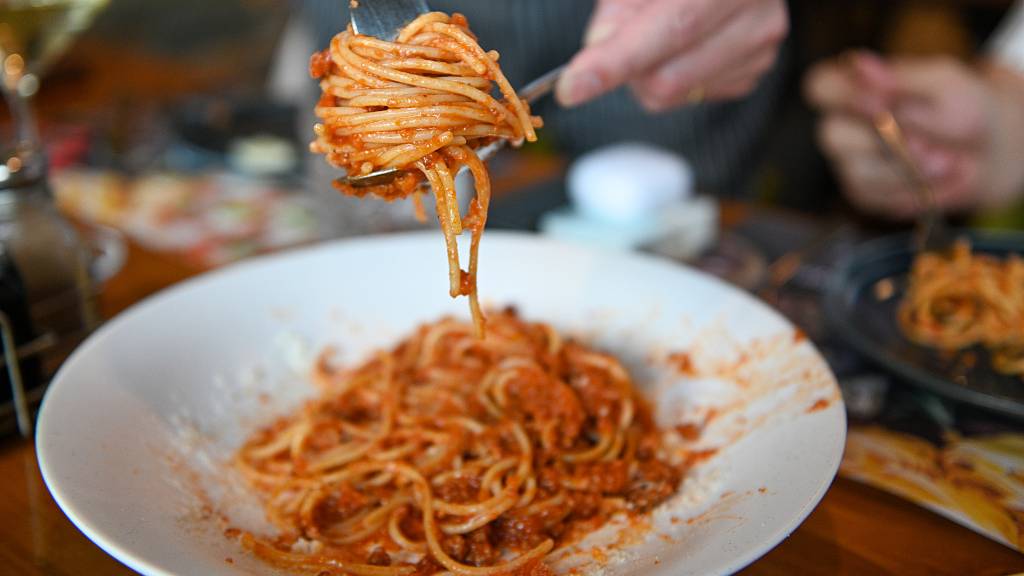 Pasta is an integral part of Italian culinary tradition. /CGTN
Pasta is an integral part of Italian culinary tradition. /CGTN
Thanks to a well-connected railway network, especially the China Railway Express (CR Express), products from landlocked Central Asia now have easier access to markets in Europe, China, Southeast Asia and far beyond in an increasingly cost-effective way. Boosted by investments from Chinese companies like Xi'an Aiju Grain and Oil Industrial Group, a large number of Central Asia's famous agricultural products are now served on the table of Chinese consumers.
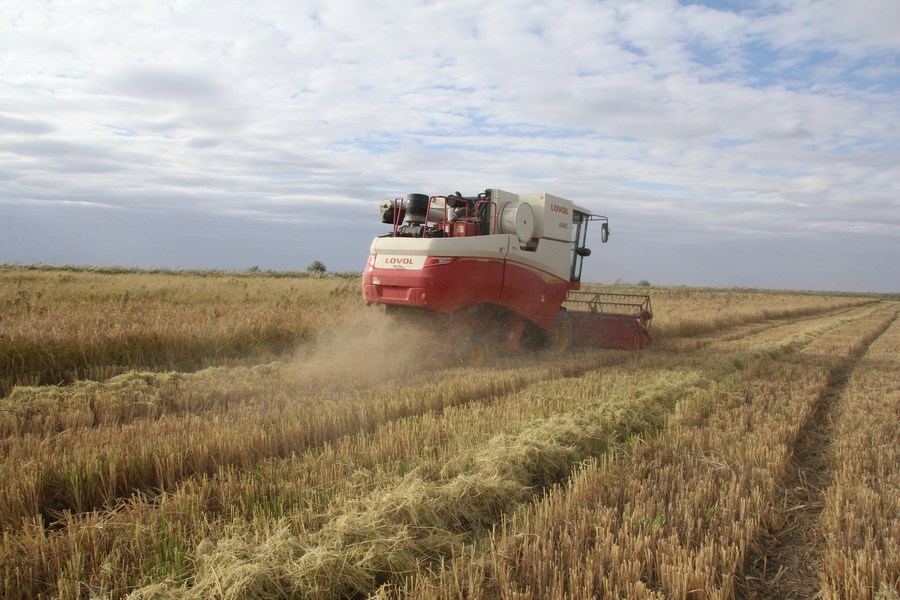
A Chinese-made combine harvester is used by Kazakh farmers during harvest season in Kazakhstan, September 16, 2020. /Kazakhstan National Agrarian Science Educational Center
Traveling across Central Asian countries along the routes of the China-Railway Express, it's very easy to see how flourishing BRI cooperation in agricultural production, clean energy, oil refinery and gas exploration, high-voltage power transmission and distribution, financial innovation, cultural heritage rehabilitation has benefitted people's lives.
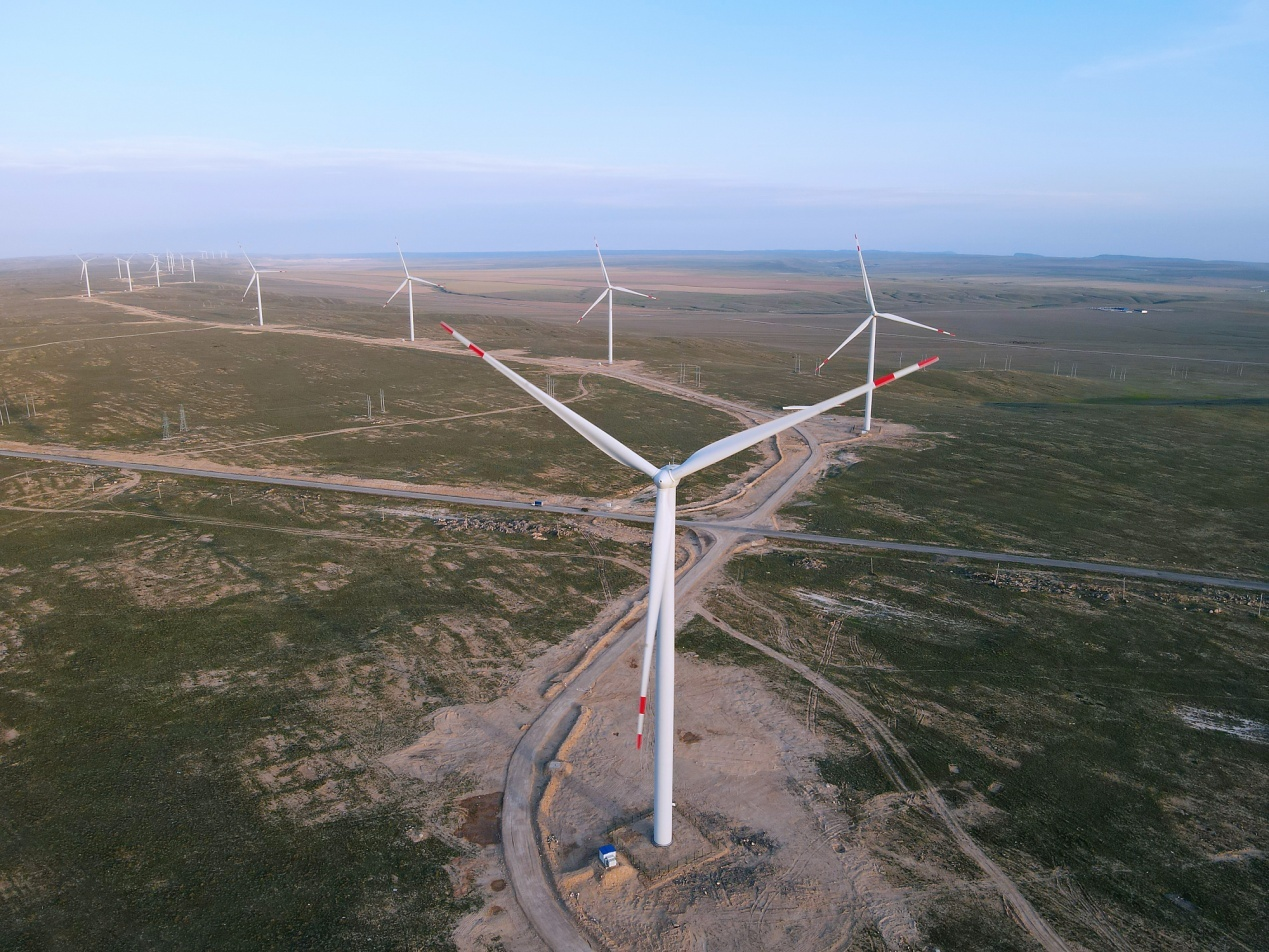 The 100-megawatt Zhanatas wind power plant, Central Asia's largest wind farm, is built by a Chinese firm in the Zhambyl Region of Kazakhstan. /Chinese Ministry of Commerce
The 100-megawatt Zhanatas wind power plant, Central Asia's largest wind farm, is built by a Chinese firm in the Zhambyl Region of Kazakhstan. /Chinese Ministry of Commerce
People in southern Kazakhstan no longer need to worry about severe power shortages after the 100-MW Zhanatas wind farm, a key energy project under the China-Kazakhstan production capacity cooperation framework was put into operation. In the same region, Kazakhstan's PKOP Shymkent refinery now plays a vital role in ensuring the country's supply of high-standard refined oil products, after modernization and upgrading was undertaken by China Petroleum Engineering & Construction Corporation (CPEEC).
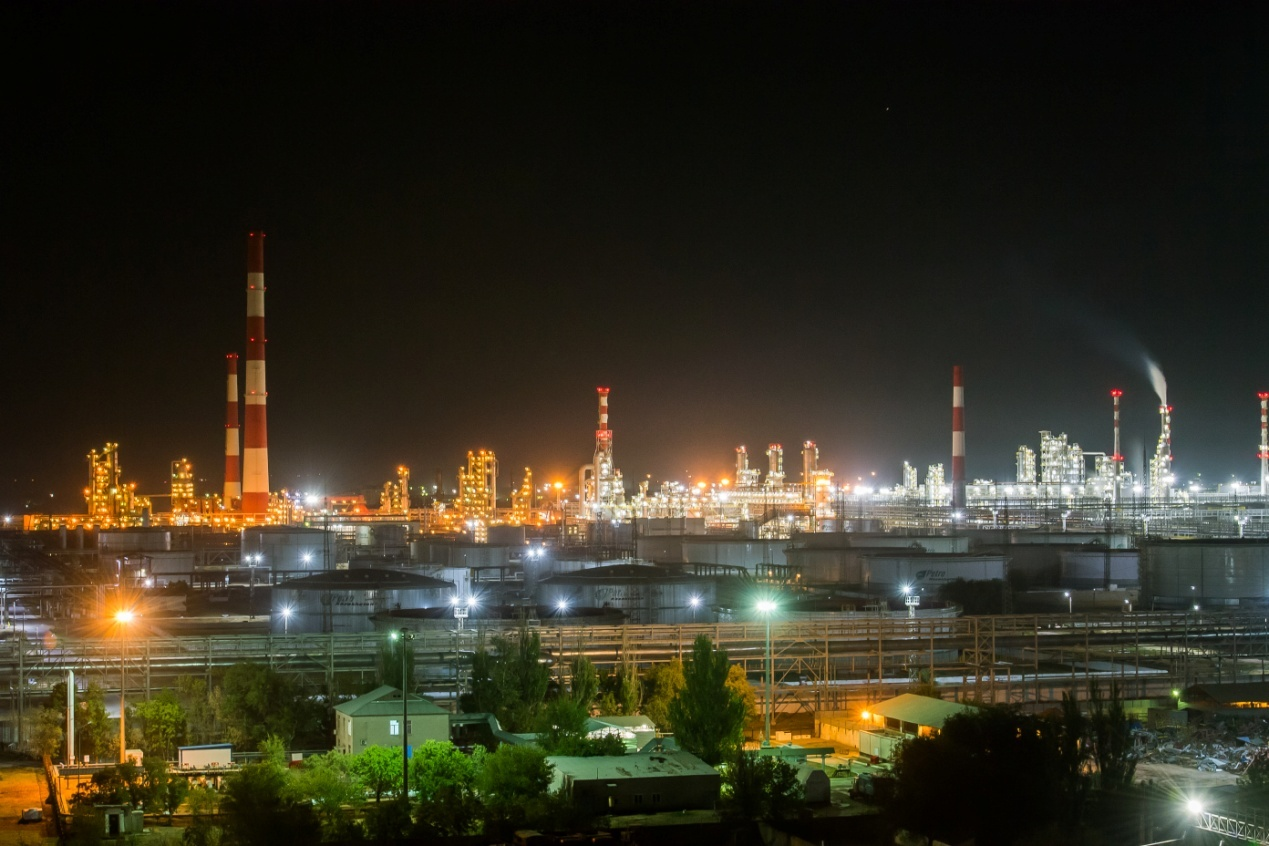 A night view of the Shymkent oil refinery in Kazakhstan. /Chinese Ministry of Commerce
A night view of the Shymkent oil refinery in Kazakhstan. /Chinese Ministry of Commerce
Residents in Tajikistan's capital of Dushanbe are no longer worried about a lack of electricity during the cold and harsh winter, mainly because the Tajikistan Dushanbe No. 2 Thermal Power Station, designed and constructed by a Chinese company, is now in full operation. In addition, industrial sectors do not have to suspend production in winter any more.
In Kyrgyzstan, the Datka-Kemin 500kV power transmission and transformation project has not only provided the Kyrgyz people with a more reliable and stable electricity supply, but also helped the country gain highly sought-after energy independence.
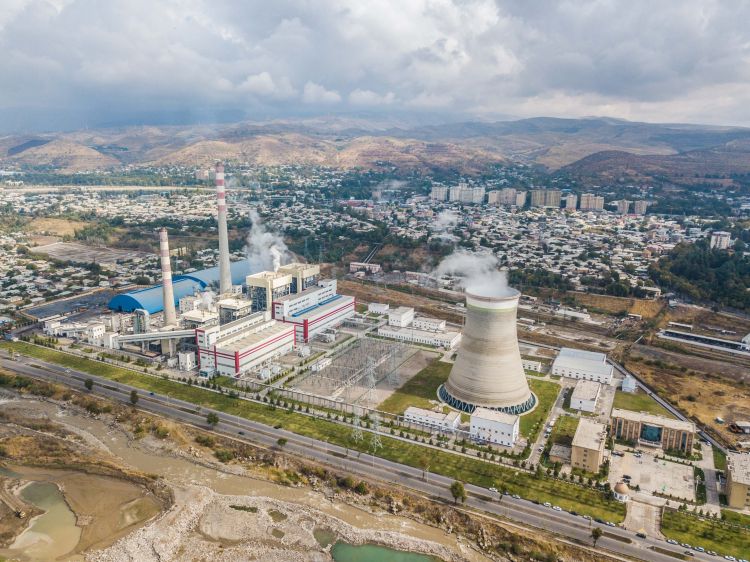
The 400 MW Dushanbe No. 2 Thermal Power Station, designed and constructed by a Chinese company, has greatly relieved Tajikistan's power and heat shortages during the winter, October 9, 2018. /Xinhua
The China-Central Asia Gas Pipeline project has not only unearthed tremendous wealth for the natural gas-rich Turkmenistan, securing the regional energy supply, but also made a natural gas powered green transition in China and neighboring countries possible.
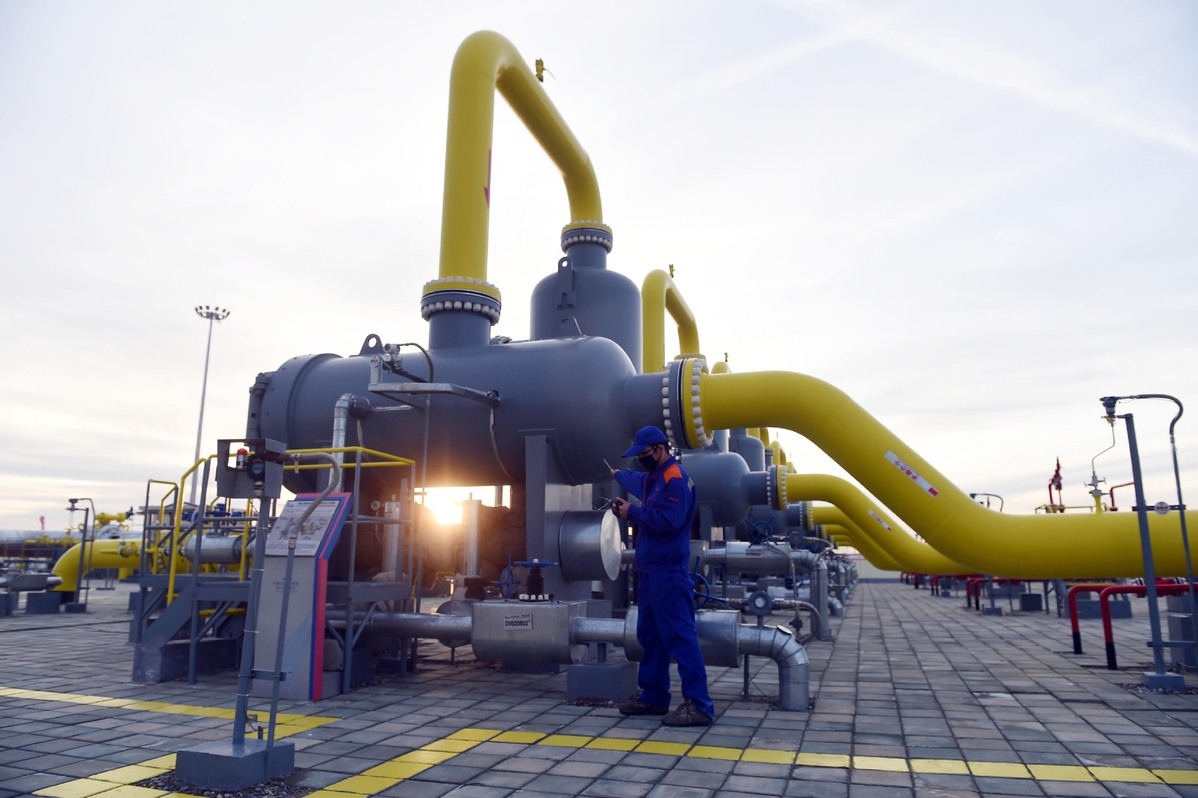
A technician inspects facilities at the China-Central Asia natural gas pipeline in Horgos, northwest China's Xinjiang Uygur Autonomous Region, November 11, 2015. /Xinhua
Samarkand in Uzbekistan, once a key node on the ancient Silk Road, is now a modern city and active participant in the Belt and Road Initiative. Once the planned China-Kyrgyzstan-Uzbekistan (CKU) Railway is completed, it will create significant trade opportunities for Kyrgyzstan and Uzbekistan while linking China directly to the Middle East and Europe. This route to transport goods from China to Europe and the Middle East and vice versa, cutting the freight journey by 900 kilometers and saving seven to eight days in transportation time, will have spin-off benefits throughout the region.
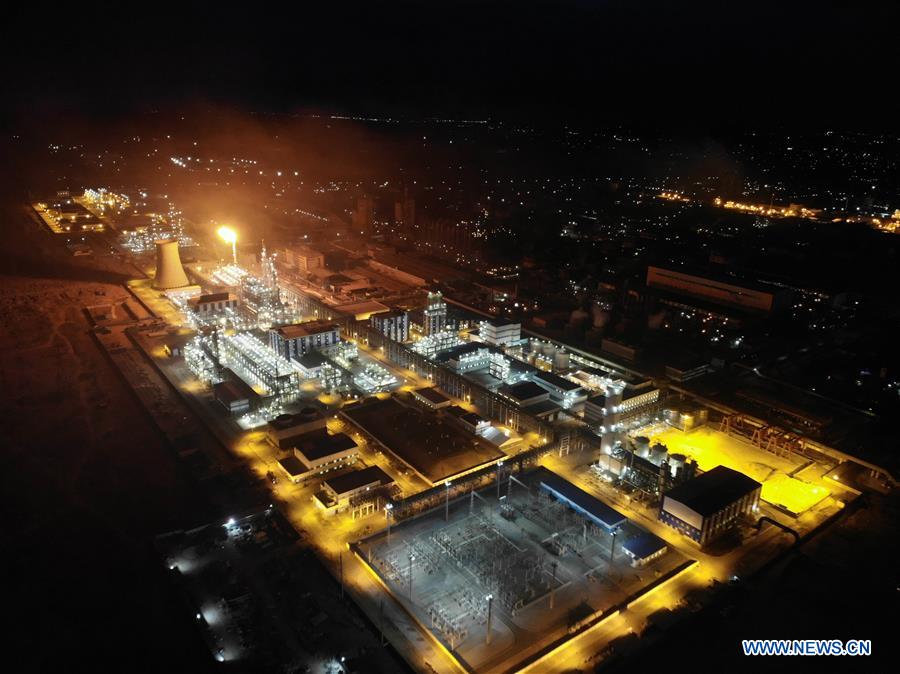
Uzbekistan has put into operation a new chemical complex built by Chinese companies at the Navoiazot Joint-Stock Company in Navoi region. /Xinhua
At the third Belt and Road Forum for International Cooperation held in Beijing, China announced plans to build a multidimensional Belt and Road connectivity network by speeding up high-quality development of the China-Europe Railway Express and participate in the Trans-Caspian International Transportation Corridor.
The route runs through China, Kazakhstan, the Caspian Sea, Azerbaijan, Georgia and on into Europe, becoming a flagship project that can evolve Central Asian countries into a "continental bridge of the Belt and Road," significantly reducing cargo transportation time and costs. By then, people along the route will get their products at a cheaper price and with shorter delivery time. And in the Balkan region in Europe, the Belgrade-Budapest railway is making life easier for Serbs, Hungarians and travelers to the region alike.